Engineering Magic: The Tech Secrets Behind Theme Parks
April 28, 2016
7 minute read
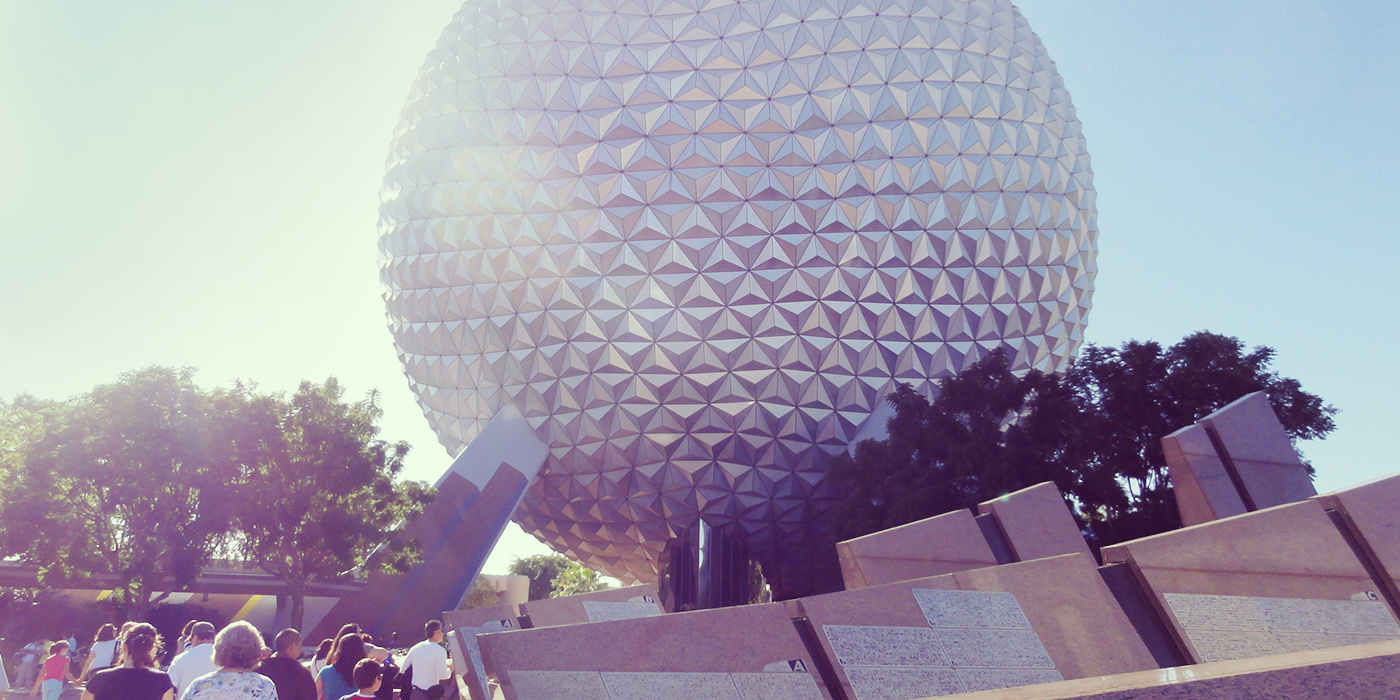
There’s no thrill like a good theme park ride. Hurtling around a roller coaster track and navigating hairpin turns is pretty exhilarating, no matter how old you are.
It’s a growing industry, too: According to market research group Global Industry Analysts, theme park revenue is projected to reach $44 billion by 2020.
But how are the attractions designed and built, creating theme parks that last for decades? How do engineers keep them safe? What kind of hardware is required to run a theme park control system?
Meet the Expert
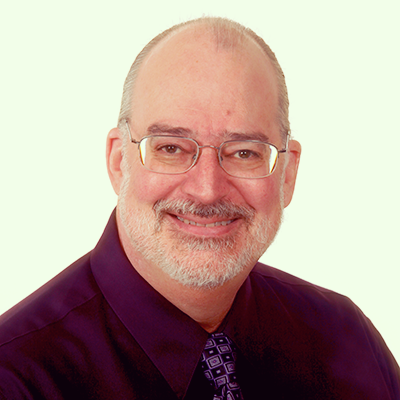
Steve Alcorn
To get insight, we spoke to Steve Alcorn, Disney’s first Systems Engineer and one of the original engineers who worked on Epcot for its 1982 opening. Alcorn is CEO of Alcorn McBride Inc, a manufacturer of show control, audio, and video equipment that’s used in nearly all of the world’s theme parks. He is also the author of several books, including Theme Park Design: Behind the Scenes With an Engineer and Building A Better Mouse: The Story of the Electronic Imagineers Who Designed Epcot. He shared a few behind-the-scenes tech secrets behind theme park rides and how they’re engineered.
Minds Behind the Rides
Creating and designing attractions truly takes a village. Once the creative team comes up with the concept, it’s up to the engineers to build it—and there are many, many different kinds who all work together to create the finished product. So who does what?
When you visit a theme park like Disney World, for example, you might go on a ride like this one:
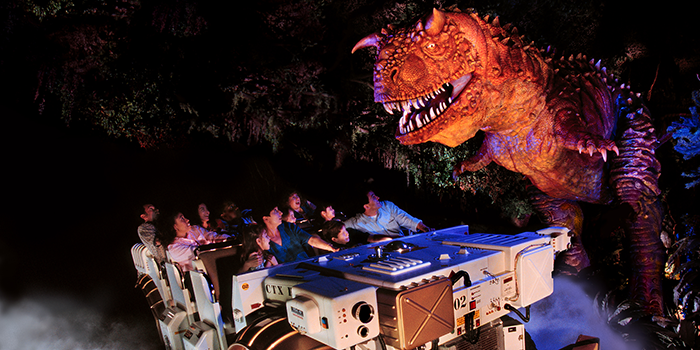
DINOSAUR at Disney’s Animal Kingdom, courtesy Walt Disney World
Your vehicle moves. Props move. Any pieces of a ride that move—like vehicles, doors, wheels, set pieces—are designed by mechanical engineers. According to Alcorn’s book, Theme Park Design: Behind The Scenes With An Engineer, rides can contain thousands of moving parts. They must be designed to be dependable for years. And don’t forget about the building the ride’s housed in, too. Architectural engineers are the ones who ensure the buildings remain standing, even with millions of pounds of moving vehicles and special effects equipment inside.
Let’s say you go on a ride like Disney’s Haunted Mansion:
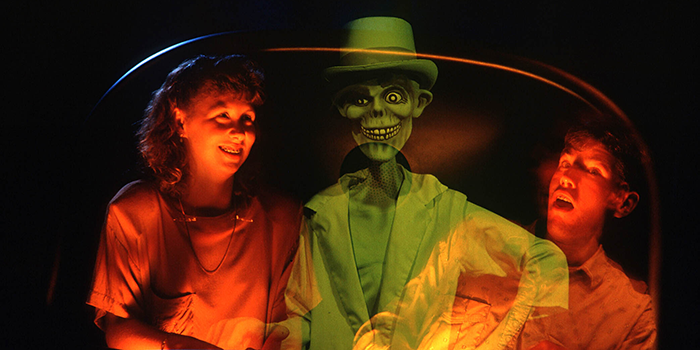
The Haunted Mansion at Magic Kingdom, courtesy Walt Disney World
All of the unusual illusions on rides (like fog, or never-melting ice, or spectral spirits pictured above) are courtesy of special effects designers, who use engineering know-how to create them. These designers might even replicate smells. According to Alcorn’s book, their designs incorporate lots of different technology: mechanics, chemistry, electronics, projection, pneumatics (air), and even cryogenics.
And then there’s the lighting. How do you get the right lighting to create the spooky feel above? Lighting designers are the ones who select the perfect lamps, lighting fixtures, and color filters to create just the right mood in attractions. Lighting can range from spotlights to neon to lasers—and everything in between.
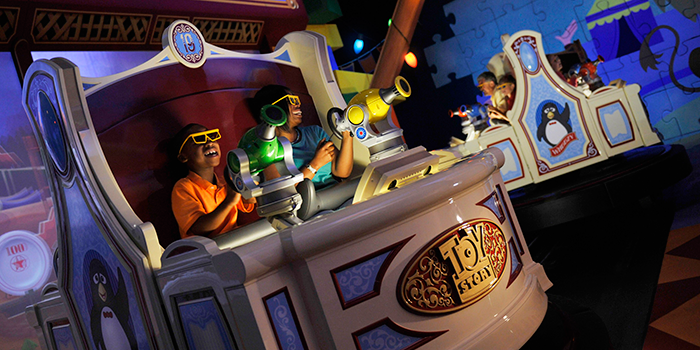
Toy Story Mania! Attraction at Disney’s Hollywood Studios, courtesy Walt Disney World
And then let’s say you go on a ride like Toy Story Mania!, where you shoot at a video screen. Audio/video engineers are the ones who design the systems that play, amplify, and distribute audio and video. After you blast away some targets, you exit the ride safely, but who was responsible for ensuring its safety? Ride control engineers. They analyze the ride control systems, looking for any failure points in hardware, software, and mechanics. And who understands how the whole attraction operates and how all the systems (like lighting, mechanical, A/V, facility) are connected? Show control engineers.
And then, finally, on a managerial level, you have systems engineers like Alcorn. They oversee all engineering on a high level, understand the technical goals of engineering teams, and ensure their needs are understood.
Behind-the-Scenes Engineering Secrets
Now that you know some of the engineering teamwork that goes into creating rides, what are the engineering tricks used to make the magic come alive? Alcorn revealed a few of his favorite ones:
- No mechanical media: Alcorn points out that an important aspect of media playback in theme parks is that it never break. “We need hardware that will last decades, not years,” says Alcorn. “We can’t use any mechanical media, not even a rotating hard drive.” The trick, he says, to dealing with massive amounts of uncompressed video is to store it all in a permanent memory. “These are like CompactFlash cards used in high-end digital cameras, but with much more storage and much faster,” he says.
- Synchronization: Another aspect that you might not think about when you’re on a ride is the degree of tight audio and video synchronization that’s required. “When you’re riding on a vehicle, you’re often hearing local sound through the headrests, and area sound from the scenery around you as the vehicle moves through it. This requires precise synchronization between the two, yet they are unconnected,” he says. “So we broadcast synchronization information to achieve millisecond precision between these media sources.”
But how is this done? Not through Wi-Fi.
“The vehicle audio obviously can’t be hardwired and it also can’t be broadcast by Wi-Fi, because it wouldn’t be in precise sync. So we store the audio on the vehicle,” he says. “But it also can’t be synchronized over conventional Wi-Fi, because it is not deterministic. So we use satellite based time-keeping and other sophisticated synchronization protocols to hold everything together.”
- It’s not really random: “One common request is to make something happen ‘randomly.’ But clients who request this really don’t want randomness,” he says. For example, if there are five possibilities and four of them already happened, they expect the next “random” event to be the fifth one. But that’s not how things work in a truly random environment. “In a random world, the same thing might happen two times in a row. People in a theme park almost never want that,” he says. Park goers don’t want reoccurring events; they crave ones that are new, different, unexpected, thrilling. “So when you ride an attraction such as Disney’s Tower of Terror, the order that things are happening may vary—it’s not really random,” he says.
Keeping Rides Safe: The Critical Piece
Safety is the top priority for anyone working in the theme park industry. According to the International Association of Amusement Parks and Attractions (IAAPA), the likelihood of being injured badly enough to require overnight hospitalization is 1 in 24 million. The chances of being fatally injured is 1 in 750 million. (For perspective, your odds of being attacked by a shark are 1 in 11.5 million. And winning the lottery? 1 in 14 million.)
“Of course, the goal of any ride is to be thrilling. But the engineers’ goal is to make it safe,” says Alcorn. “This requires a combination of mechanical engineering and control systems engineering.”
Here are a few ways Alcorn says they ensure safety:
- “Block zone” systems: To prevent vehicles from hitting each other, there must always be at least one empty track space, or “zone,” between two vehicles. The smallest possible zone is the length of the vehicle. This block zone control system can be used in simple boat rides or bobsled-style rides like Disney’s Matterhorn. Control mechanisms (like turning off the propulsion system) prevent vehicles from moving until the zone ahead is clear.
- Single and Multiple Point Failure Analysis: This is performed on every element of the control system. It finds failure points in the system hardware, software, and mechanics—anything that would be unsafe if these points malfunctioned. “This can get quite tricky, because creating redundancy is a natural first instinct. However, you quickly discover that redundancy does not guarantee safety if the failure of redundant components is not detectable,” says Alcorn.
- Failure Modes and Effects Analysis: This procedure analyzes every monitoring or control point to see the outcome if it fails. It’s conducted before any attraction opens, says Alcorn. “This can get quite complex, and involve all the different disciplines working on the attraction.”
Overcoming IT Challenges
So what happens if a control system breaks down? How is hardware designed to reduce dreaded downtime—something theme park goers won’t put up with?
Alcorn says that theme parks employ extensive maintenance staffs whose level of familiarity with technology increases with the complexity of systems. Now that almost all systems are interconnected using networks, a high degree of IT familiarity is required. However, he says, the IT work on these installations is rarely the type of work that an IT professional would perform in a computer installation.
“The reason is that PCs are rarely used in the theme park attractions. They’re simply not reliable enough. And an operating system like Windows would almost never be used,” says Alcorn. “Theme parks expect their attractions to be operable 24/7. [During] the day there are guests who won’t tolerate frequent downtimes, and during the night the control systems need to be fully functional so that mechanical maintenance can occur.”
Instead, many theme parks use control systems that feature completely custom hardware. Alcorn’s company designs custom hardware from the chips up, and “it runs a hardened operating system that we also designed from the bit level up,” he says.
By designing all their own circuit boards, firmware, and software, and by not using Windows or other commercial operating systems in their products, everything can be engineered for a specific purpose. “This also allows us to continue to support products for much longer lives than consumer electronics, which tend to become incompatible with new hardware or software every few years or sometimes even months,” he says. “We make controllers that have been running in attractions continuously for more than 20 years without a power cycle or reset. You can’t do that with Windows or a PC.”
Important Communication Lessons Learned as Disney’s First Systems Engineer
When Alcorn was made Disney’s first Systems Engineer, he was responsible for all the engineers working on the Imagination Pavilion—an attraction at Epcot that didn’t open on time and was still struggling to open six months later. This team included mechanical engineers, electric motor engineers, and computer control programmers who had all been working independently.
“[Working independently] resulted in essentially a deadlock, where every department was blaming the others for not opening,” he says.
Alcorn’s engineering degree from UCLA was a broad one—one that included all of these disciplines to some extent—and consequently, he was able to get the team together and talking.
“There was really no magic involved. It was just a matter of getting people to communicate and sign up for what they could and couldn’t do. I discovered that each person had been working under constraints that often turned out to be unimportant to the other disciplines. By eliminating this unnecessary complexity, we were able to open the ride in just 10 days,” he says.
“Of course, there was still lots to be worked out, and we spent the next six months removing much of the added complexity, and making engineering changes to adapt to some of the new constraints that arose. But the ride worked fairly reliably from that day on. It was a powerful lesson in the value of having a Systems Engineer who could get everyone communicating.”






